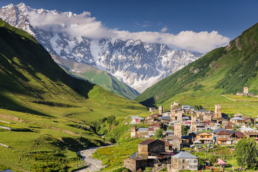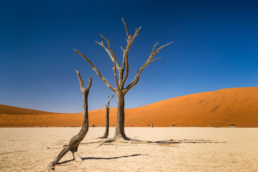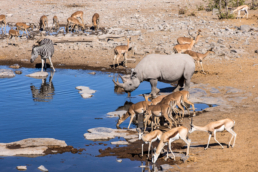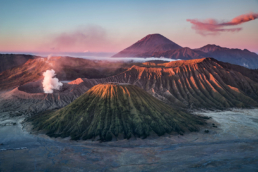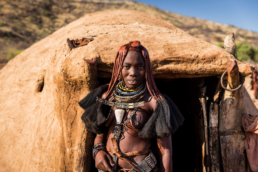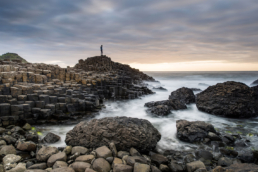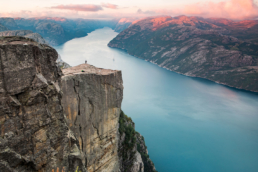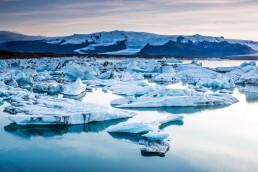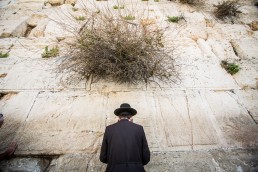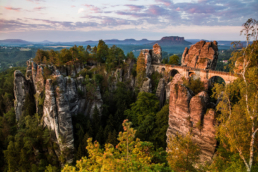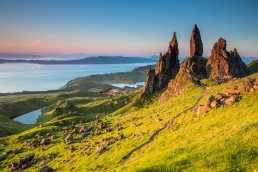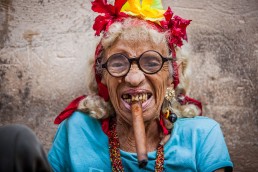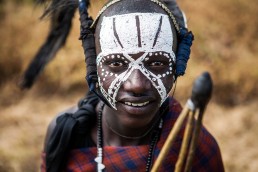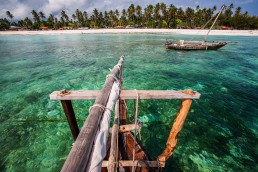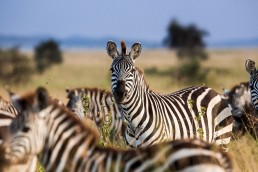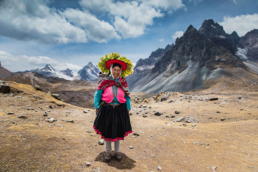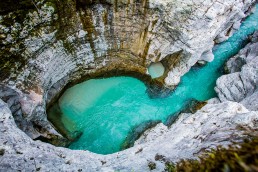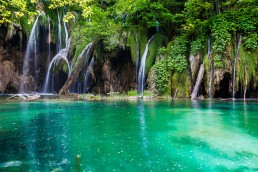
After an amazing trip through Peru, it was time to cross into Bolivia, a hidden gem that’s often overlooked as a travel destination in South America. I knew I was in for a treat but I wasn’t prepared with how beautiful this country would turn out to be. After weeks of traveling in Bolivia, this country would become one of my favorite destinations in the world.
La Paz and the beautiful valleys surrounding it
I arrived in the capital city of La Paz, a huge metropolis located in a valley surrounded by volcanoes. La Paz is a true melting pot where old meets new, and I was pleasantly surprised by its atmosphere and how safe it felt. Getting around La Paz is easy as it has a unique infrastructure of cable cars that take you from one side of the city to the other, floating over the colorful neighborhoods and avoiding traffic.
It is also a good base if you want to explore some of the unique rock formations in the area, such as the Valle de las Animas and the Valle de la Luna. Rocks have eroded here over time due to the weather, resulting in different shapes and sizes, creating unique landscapes. When you walk around these valleys, the busy city sure feels far away.
For an exact location where the photo was taken, you can save the photo or hover over it.




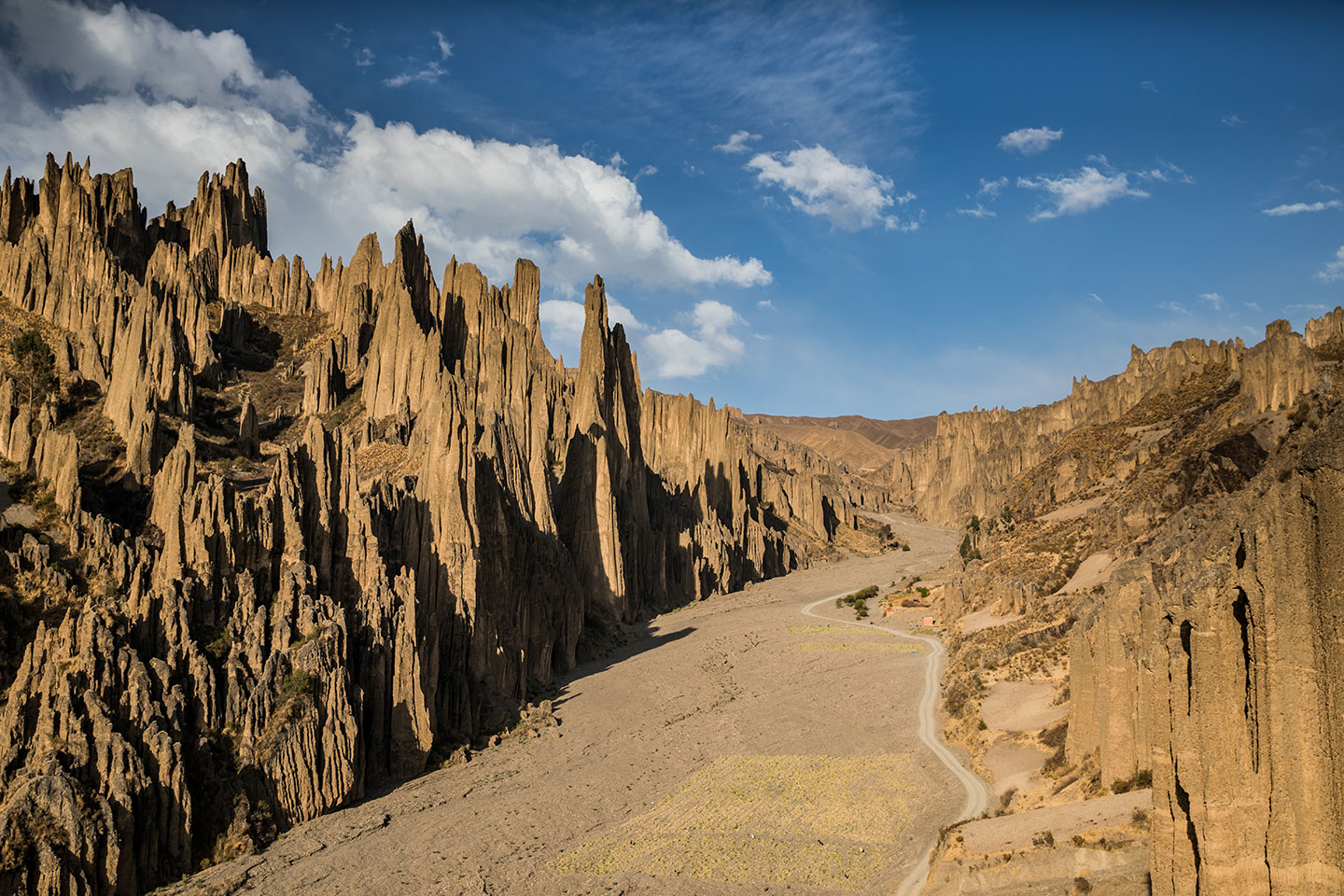



Sucre: Bolivia’s most beautiful city
Further south in Bolivia lies Sucre, also known as the capital city where the government houses. Sucre has more of a village vibe and features countless colonial white houses and churches and charming squares, a nice refreshing break from busy La Paz.



Bolivia’s most unique place: Salar de Uyuni
The real star of the show in Bolivia however is the Salar de Uyuni, the world’s largest salt flats. Once connected to Lake Titicaca, the lake dried up and all there’s left is a massive salt desert. With a surface of over 10.000 square km, it takes hours to cover this salt pan from one end to the other. I went in the dry season, allowing me to visit the islands that are located in the middle of the salt pan of Uyuni.
The most iconic one of them is Isla Incahuasi, which means home of the Inca in the Quechua language. On this island, you are surrounded by thousands of cacti in different sizes and shapes, some measuring up to 10 meters. I spent the sunset at the top of Isla del Pescado, watching the sky turn different colors over the volcano on the horizon. Uyuni is truly a special place and the real draw for many people to come to Bolivia.





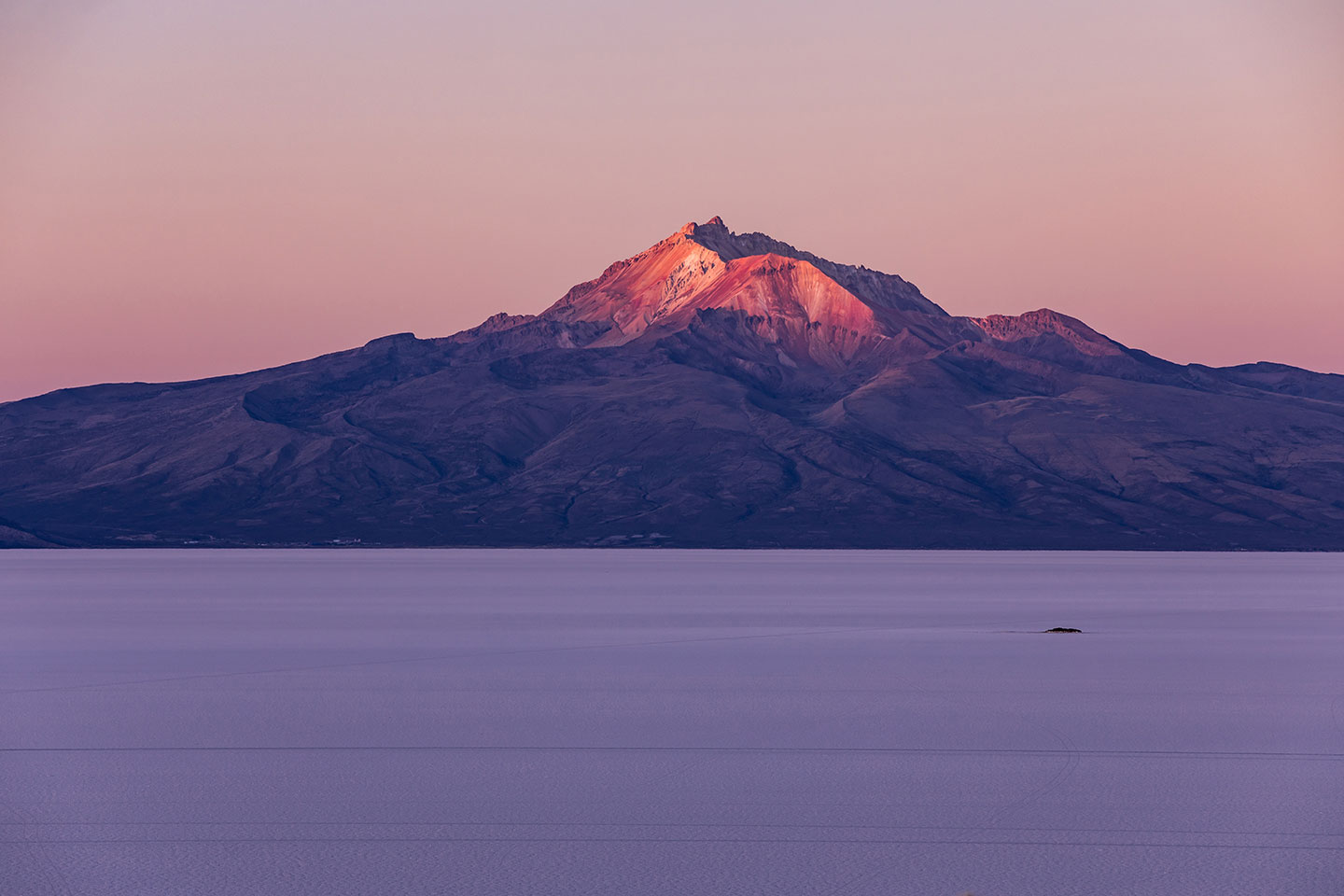
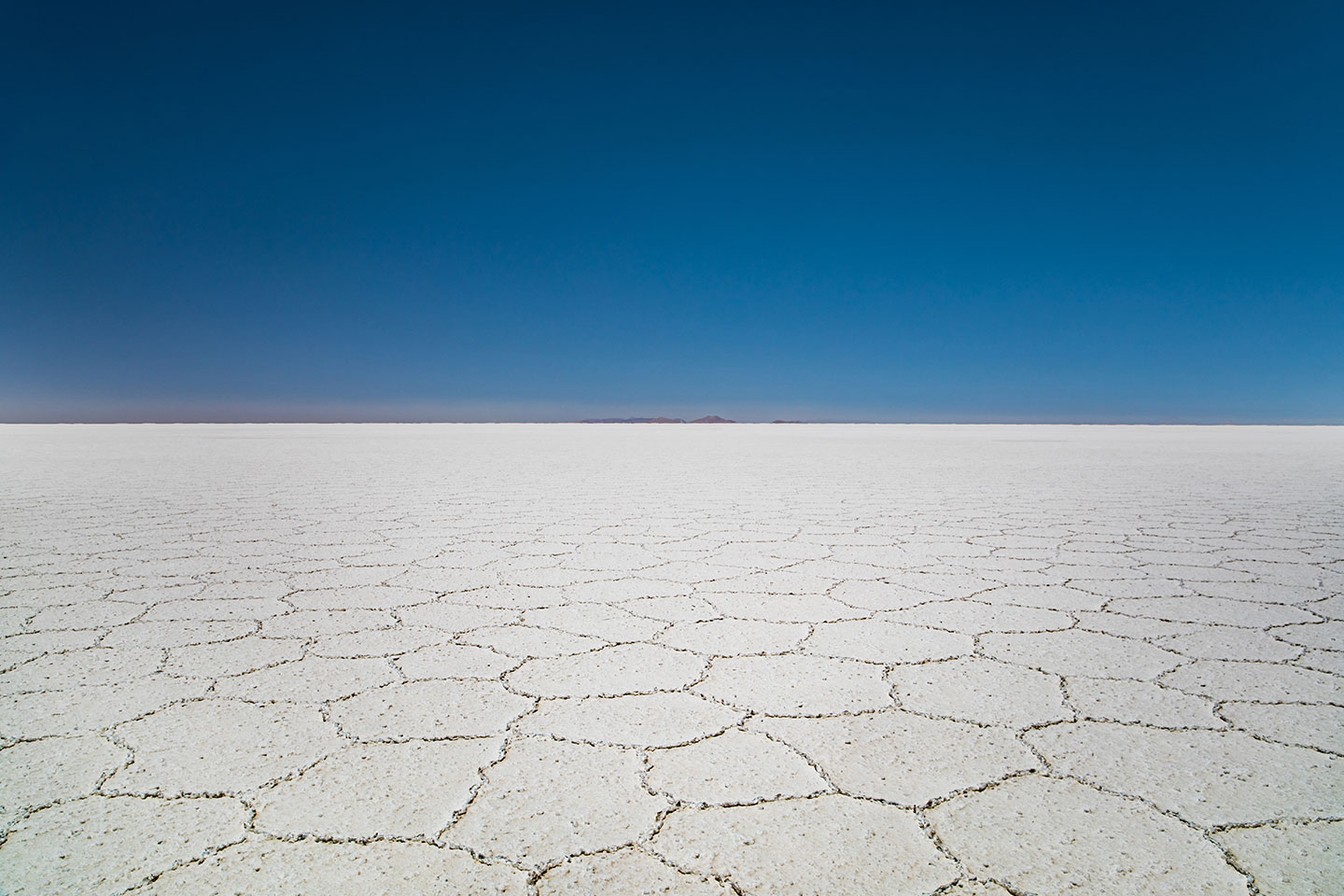





Colorful lakes of the Bolivian Altiplano
As I left the salt flats of Uyuni, we picked up altitude and reached up to 5000 meters above sea level. In this area, called Lipez Sur, you are surrounded by beautiful lagoons ranging from dark red to white, depending on the algae in the water. If you happen to be there during the right season, you will get to see thousands of Flamingos around the lagoons of Hedionda, Colorada and Verde.
Further down south, closer to Chile, the landscape changes yet again as you pass by the Siloli desert, the highest desert in the world. This desert is also known as the Salvador Dali desert because of the many different colors and shapes of the rocks. To my surprise, there were even geysers in this vast desert.














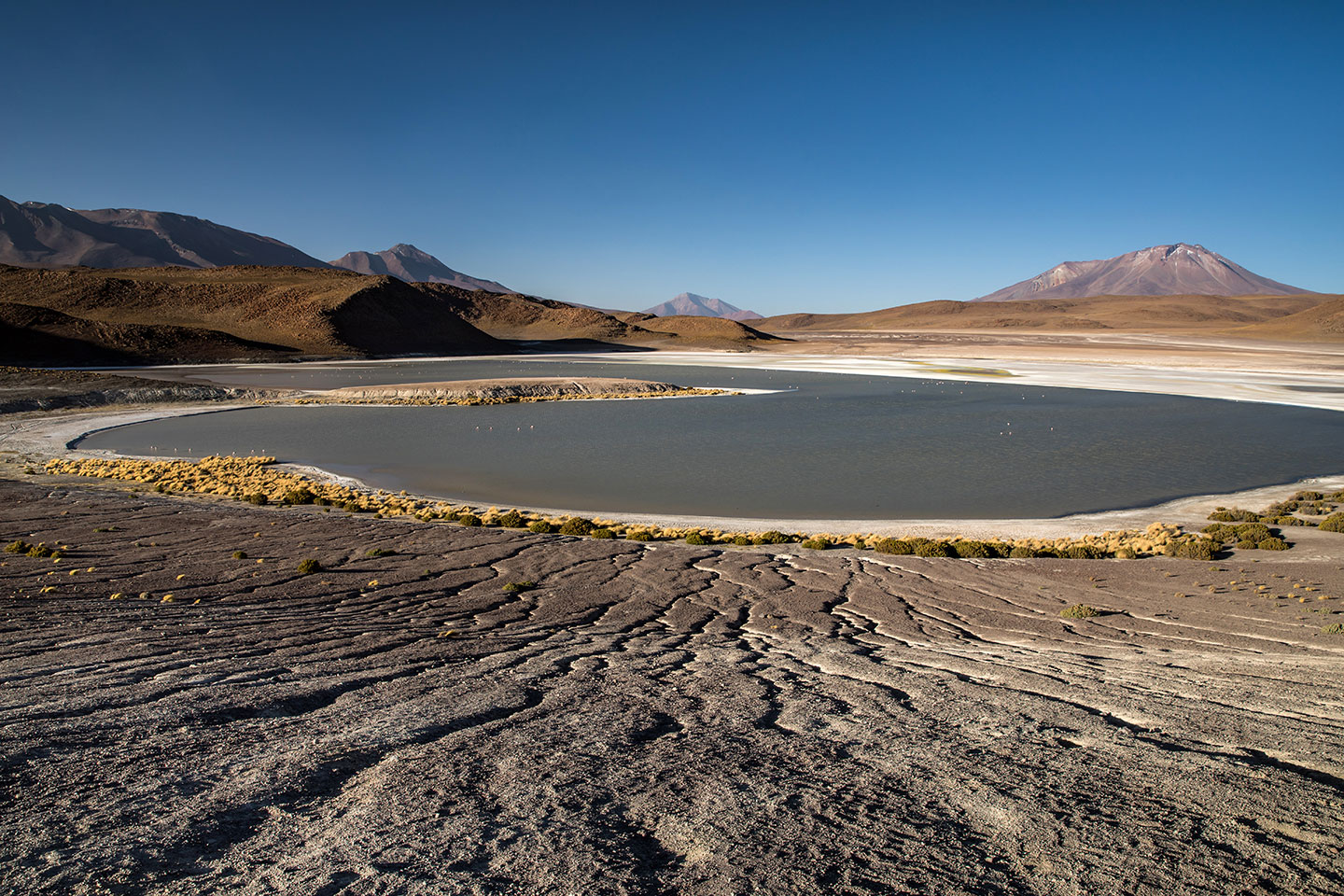
















After traveling through Bolivia, it was time to cross into the Atacama desert of Chile to continue my South American journey.

